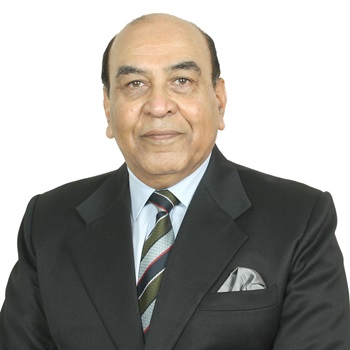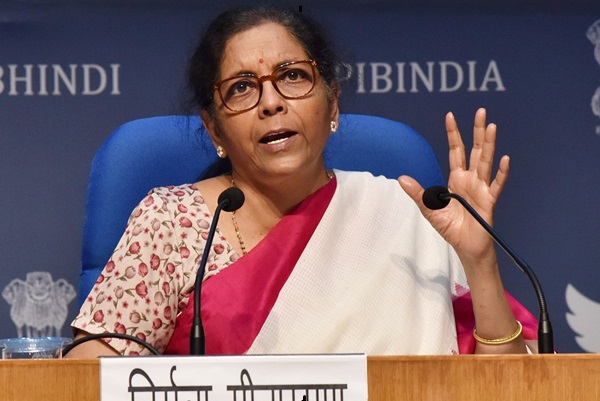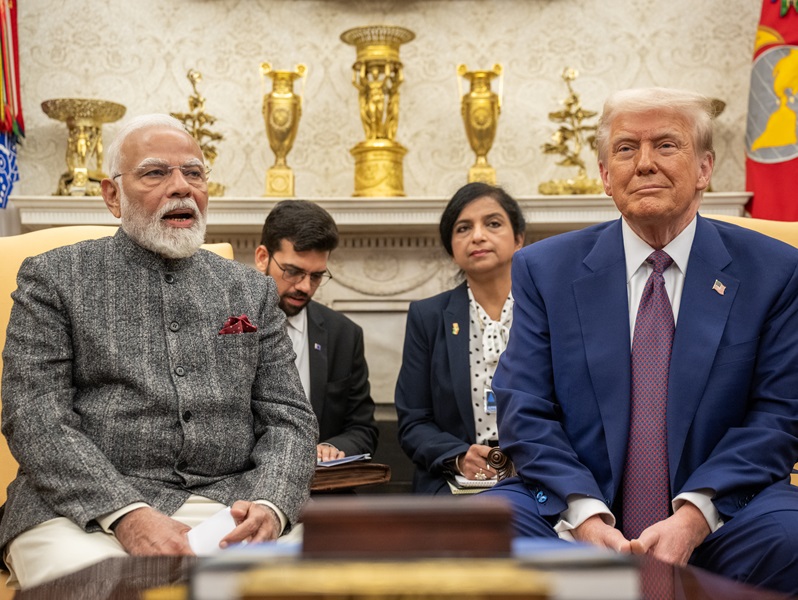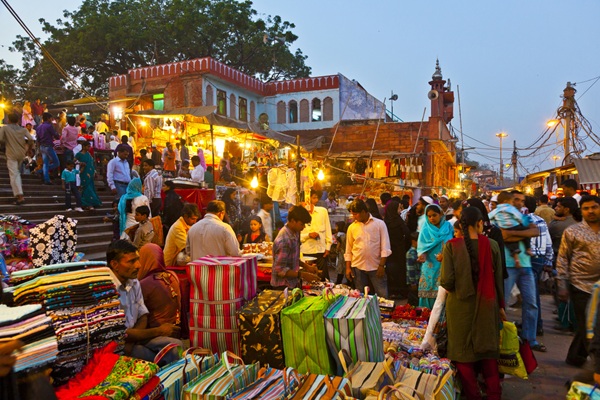.png)

Lt Gen Syed Ata Hasnain is a former Commander of India’s Kashmir Corps and Chancellor of the Central University of Kashmir.
September 1, 2025 at 5:06 AM IST
Prime Minister Narendra Modi’s visit to China for the Shanghai Cooperation Organisation summit comes at a moment of extraordinary complexity for India’s foreign policy. The geopolitical currents are shifting rapidly; the Russia–Ukraine war continues to reshape alignments, US-China rivalry has entered an uncompromising phase, and the Himalayas yet remain tense with massive military deployment between India and China. For New Delhi, the SCO summit is more than just another multilateral engagement; it is a stage on which India’s balancing act between great powers will be tested.
At the heart of India’s strategy lies the doctrine of strategic autonomy—a concept inherited from the non-alignment era but adapted to the realities of a multipolar 21st century. This autonomy is being stretched to its limits. India is closer to Russia than at any point since the Cold War, driven by dependence on military hardware, discounted oil, and a long-standing political relationship. At the same time, India seeks to normalise ties with China—both to stabilise its contested border and to safeguard the economic linkages that bind the nations. Yet the US looms large, pressuring New Delhi on its Russia stance and complicating the room for manoeuvre.
The SCO setting, then, is more than symbolic. It is a test of India’s ability to maintain credibility as a neutral but consequential voice, even while navigating pressure, mistrust, and the unpredictable swings of global politics.
India’s relationship with Russia is often described as an axis of convenience, but the reality is deeper. Over 60% of India’s defence equipment is of Russian origin. Replacement parts, maintenance, and future weapons deals keep the partnership alive. The war in Ukraine has only reinforced this link, as Moscow has provided crude oil at heavily discounted rates—strengthening India’s energy security at a time of global volatility. The recent Operation Sindoor has reinforced the Indian Armed Forces’ belief in Russian equipment.
This dependence, however, comes at a cost. By refusing to openly condemn Russia, India has drawn criticism from Western capitals, particularly Washington. The US views New Delhi’s purchases of Russian crude oil as undermining sanctions and indirectly fuelling Moscow’s war machine. Huge informational pressure is being imposed through structured statements in Washington by the Trade Secretary and more. India, on the other hand, has argued persuasively that its choices are guided by energy security and economic necessity, not ideology.
The SCO summit will test how India can leverage this relationship without appearing locked into Russia’s orbit. Here lies the challenge: dependence must not be mistaken for subservience.
The Himalayan standoff that erupted in 2020 remains unresolved. Skirmishes, troop deployments, and military infrastructure buildup have created a climate of distrust between India and China. Yet, paradoxically, the economic dimension of the relationship continues to expand. Bilateral trade has surged past $120 billion annually, much of it in China’s favour. For India’s manufacturing sector, supply chains still run through Chinese components and machinery.
At the SCO, Modi will seek space to address this contradiction. India cannot afford perpetual hostility with China, but nor can it ignore the border issue. The question, then, is whether the SCO provides enough of a platform to explore confidence-building, even modestly.
For Beijing too, there is incentive to avoid a two-front hostility—with the US in the Pacific and India in the Himalayas. The SCO summit could therefore become a diplomatic laboratory for incremental thawing, without grand announcements.
Modi’s role as a messenger from President Zelenskyy of Ukraine adds a new layer of complexity. It signals that Kyiv sees value in India’s neutrality and its ability to engage Moscow directly. Few countries can maintain dialogue with both Russia and Ukraine while also keeping doors open in Washington, Brussels, and Beijing.
Yet, neutrality is not the same as influence. India’s ability to press Moscow toward even a symbolic ceasefire depends on more than goodwill—it requires Moscow’s perception that India’s counsel is worth heeding. At the SCO, Modi’s relaying of Ukraine’s appeal may not produce immediate results, but it underscores the importance of platforms like this as venues for informal diplomacy.
The SCO platform is often dismissed as a talk shop—a platform for Russia and China to coordinate with Central Asian states while drawing in India, Pakistan, and others. Its expansion, most recently with Iran, adds to its geopolitical diversity but also supposedly dilutes coherence.
Yet, SCO’s importance lies precisely in its informality. It is one of the few platforms where India, China, Russia, and Central Asian states sit together without Western powers at the table. This makes it a valuable platform for bilateral side meetings, backchannel exchanges, and testing new alignments. That is what this meeting is going to be all about.
For India, the SCO is not about embracing a China or Russia-led bloc. It is about ensuring that India has a voice wherever continental geopolitics is shaped. In that sense, it is not just a facilitator for leaders’ meetings—it is an institution for India’s balancing strategy and continuous proof of its multilateral approach and quest to remain via media for the Global South with big powers.
India must go beyond passive neutrality and project autonomy as an active choice; to engage all, without alignment and prioritize its national interest. At the SCO, this means engaging Russia without apology, China without illusions, and Central Asia with genuine partnership.
India’s message to China should be clear. Economic normalisation requires border stability. Without progress in the Himalayas, India cannot justify deeper integration.
The Ukraine Message must be used wisely. Relaying Zelenskyy’s appeal should not appear as mere courier work. India should position itself as a mediator capable of nudging Moscow toward dialogue, even if incrementally. The last time Modi did it so well as to draw attention of the whole world.
We need to avoid overreacting to US pressure. Its criticism must be absorbed without derailing cooperation in technology, defence, and Indo-Pacific strategy. India should remind the US that its strength as a partner lies precisely in being independent, not subordinate. There is no permanence in this US stance, anyway. It must not do too much harm in the time that it remains in place.
The SCO summit in China is not an end in itself. It is a mirror of India’s larger challenge of navigating a fractured world where no single alignment serves its interests. India’s strength lies in flexibility; its weakness lies in overcommitment. The key is to maintain autonomy while extracting value from every relationship—Russia for energy and defence, the US for technology and security, China for economic integration, and Ukraine for credibility as a global mediator.
The question of whether the SCO is merely a facilitator or a forum with deeper meaning is, in truth, secondary. What matters is how India uses it. For New Delhi, the SCO is not a stage for declarations but a space for quiet but consequential diplomacy. That, ultimately, is the essence of strategic autonomy in practice.



